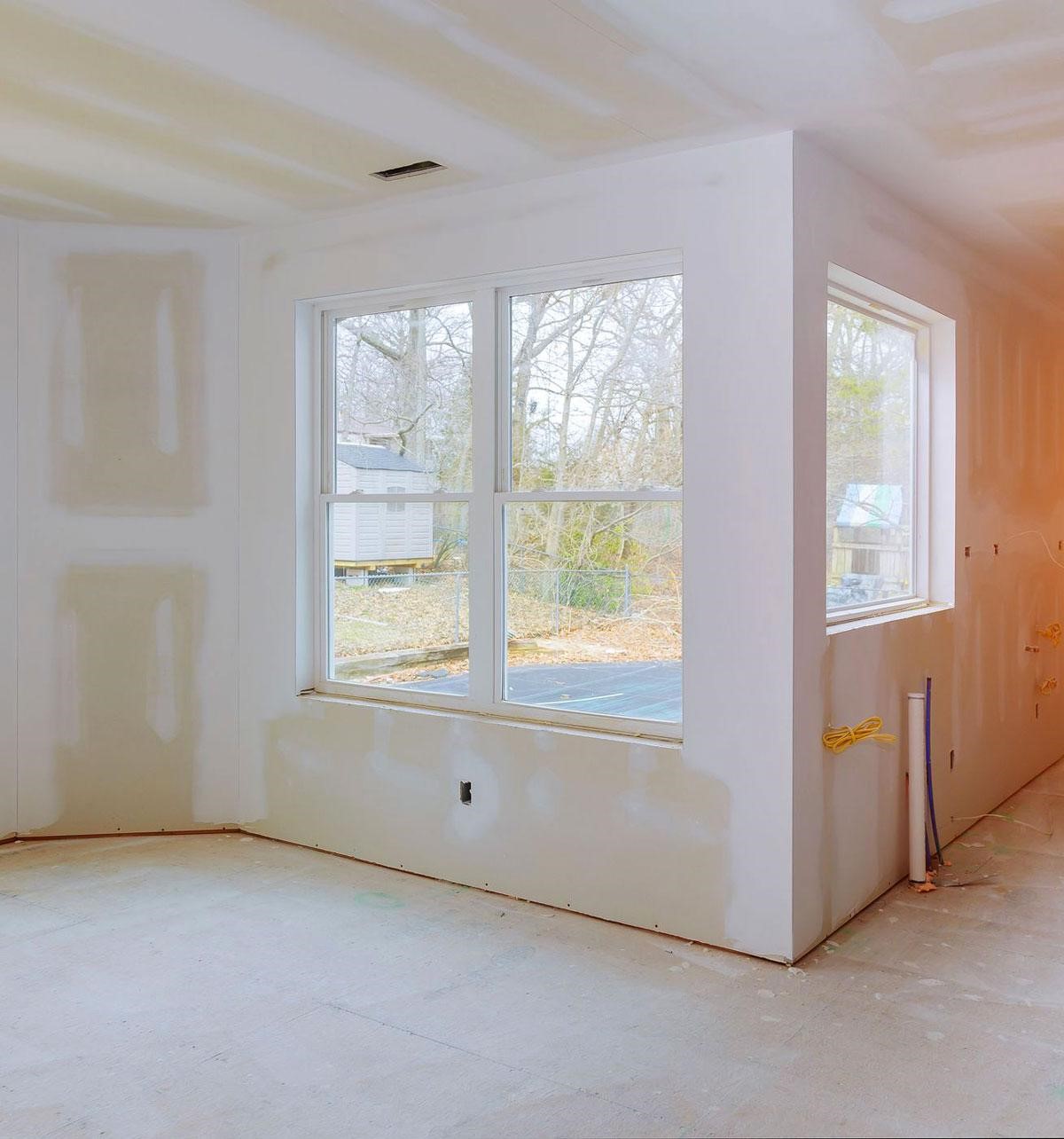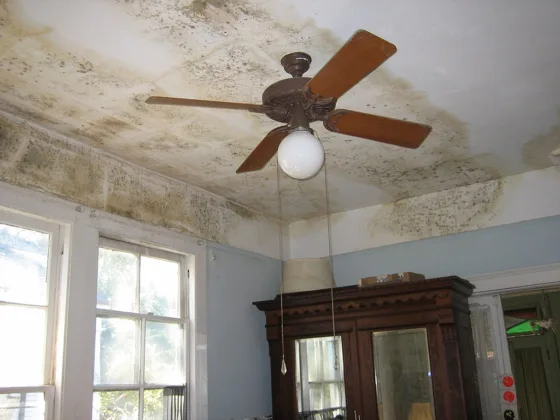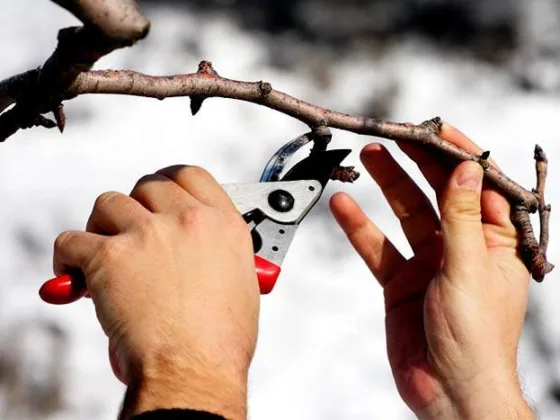Finishing drywall is a process that takes patience and skill. There are many steps involved, and it is essential to know what you’re doing before beginning.
This blog post will walk you through the basics of finishing drywall so that your project turns out perfect!

Drywall finishing is the process of preparing drywall for painting or wallpapering. It involves taping, filling holes with compounds, and sanding to create a smooth surface.
The goal of any drywall finisher should be to cover up the seams in the drywall without making them too obvious.
The cost to finish drywall depends on the current state of your walls, their height, and the type of finish you are after. Go here for more cost information from Home Garden Guides.
The Process of Drywall
It all starts the same way. This blog post will walk you through the basics of finishing drywall so that your project turns out perfect!
Cleaning
Step one is to clean up any dust or debris around the room using a shop vac. It’s also essential to clear away anything in the area surrounding the walls being worked on – furniture and other items should be moved as far away as possible.
Read Also:
Taping
Running tape and finishing compound should not have any bubbles or clumps, so it’s essential to mix the two ingredients thoroughly before applying them with a trowel.
It is best to use either mud (for texturing) or joint compound (for smoothing) in small sections at a time. The first coat of drywall compound should be about an eighth of an inch thick – this is called the “scratch” coat.
Applying Drywall Mud
After taping, you are ready to start applying drywall mud. The first step in this process is to apply a generous amount of joint compound over the tape with your trowel at a 45-degree angle.
Try not to put too much compound on the tape, or it will squeeze out when you smooth it.
If you are drywalling a basement or ceiling with a moisture and mold-resistant drywall, you might need to look at using a special mud that is also moisture resistant.
Using a Trowel to Apply Drywall Mud
Grab your 12-inch knife and gently go over the scratch coat until all the little peaks are gone. Make sure that there is enough mud on top of the tape so that once you have removed all of the peaks, it is flat and even.
Using a 12-Inch Knife to Smooth Out Drywall Mud
Let this first coat sit for about 30 minutes until it becomes tacky, then apply another thin layer over the top at a 45-degree angle with your trowel.
Once again, gently go over the entire surface, smoothing as you go, but this time it should be much easier because the first layer should have already started to dry.
Using A Trowel to Apply the Second Coat of Mud
After letting this second scratch coat sit for 30 minutes or so, you are ready to start sanding! Using your ceiling fan as an easy way to get rid of all of the dust, start working on the drywall from the top down using a “back and forth” motion with your sanding block.
After you have finished one section of the wall, move on to another until they are all done.
Sanding to Prepare for Primer
Once again, let it sit for 30 minutes or so until it is tacky, then apply another thin layer of mud in the same way, with a trowel at a 45-degree angle.
Try not to let it get too thick this time – you want to have about an eighth or so inch coat on top of your sanding.
Using One Last Coat of Drywall Compound
After letting this final layer sit for 30 minutes or so, get your 12-inch knife and gently go over the entire surface. Use a circular motion to smooth out any areas that have been missed by your trowel, making sure not to leave behind any large clumps of mud on top of the tape.
Using A 12-Inch Knife to Finish Smoothing Drywall Compound
As an added step, you can use a hand sander with 100-grit sandpaper to smooth out any of the scratches from your trowel. You should have a pretty good idea of how it will look at this point, so take some time and make sure everything is perfect before moving on!
Using 100 Grit Sandpaper for Final Smoothing
It is important to let this final layer sit for about an hour before applying the next step in finishing your drywall, priming. You may use either oil-based or water-based primer and apply it with a brush – spread evenly over all surfaces of the walls, including the ceiling.
After priming, let it sit for about an hour before starting with the final coats of paint or texture! If you are applying a textured finish to your walls, use either sand-texture spray cans or drywall mud with mesh attached to apply the texture evenly over all surfaces.
Once everything has dried completely (about 24 hours), you can prime and paint over your new drywall!
Applying Sand-Texture Spray Cans to Achieve a Textured Ceiling
Using drywall mud with mesh attached for final texture application on the walls. There is no need to wait an hour after applying primer before beginning this step. However, it’s best not to use more than two different textures in the same room.
Using a Putty Knife to Apply Drywall Mud for Texturing
Finished! The final step is applying paint or wallpaper over these beautiful new walls, and you’re done with finishing your drywall! If this seems like too much work (and it isn’t), many people will hire out their projects to professionals to finish drywall.









